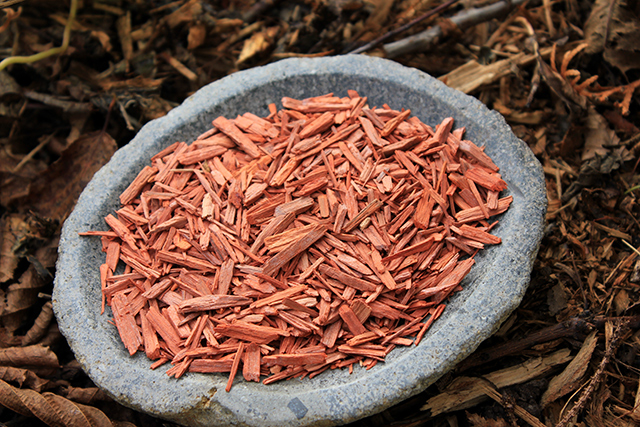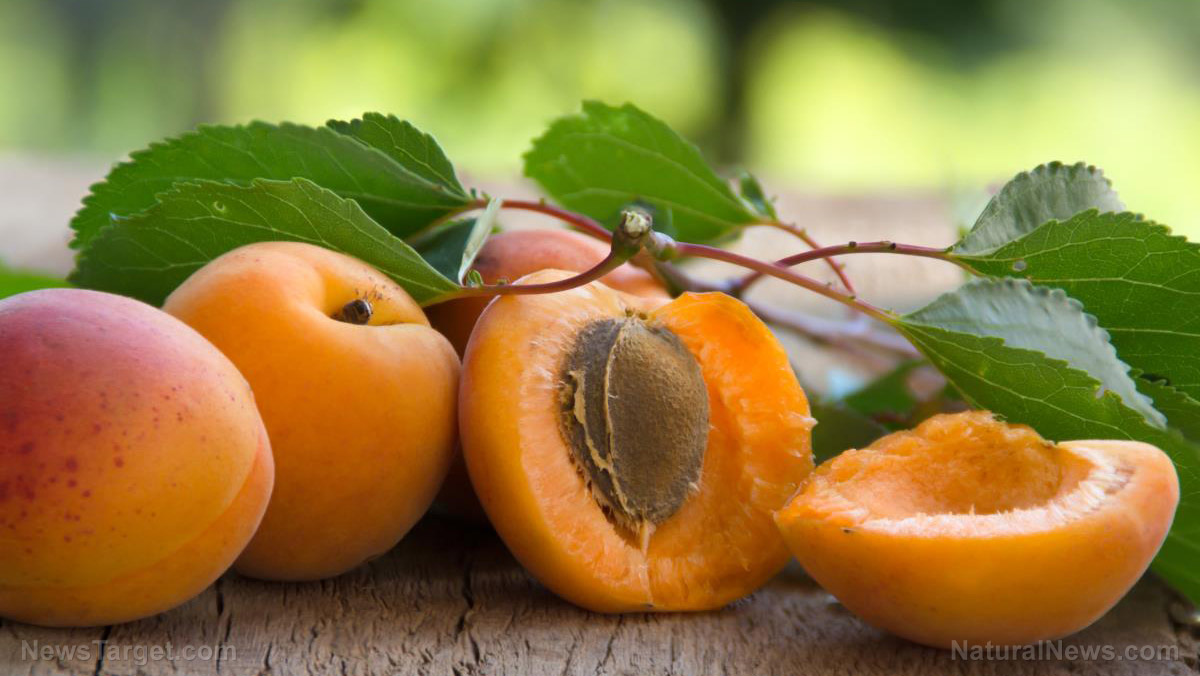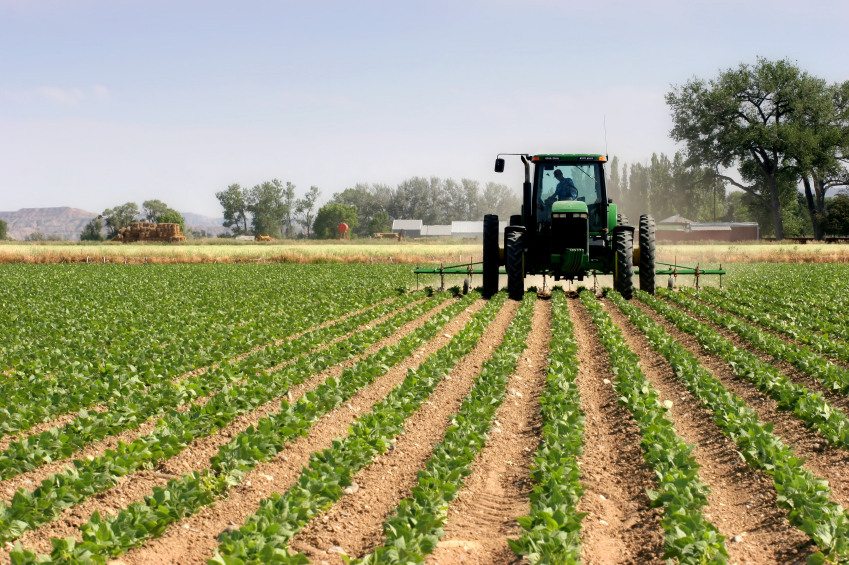Natural weed control: Organic farmers use woodchip mulch to control weeds, increase crop yields
09/30/2018 / By Ralph Flores

Woodchip mulching can suppress weed growths under field conditions, according to a study published in Agronomy Journal. Using a 16-year field trial of woodchip mulching, researchers demonstrated that not only does it diminish the development of weeds, it also does not affect the yield of the crops when it is used.
Mulch – a general term for anything used as a soil cover – can be used in a lot of ways. When spread out, it can be used to retain moisture, stop weed growth, keep the soil cool, or even make the garden bed visually appealing. Organic mulch, in particular, is known to improve the fertility of the soil once it decomposes. Wood mulch, a type of mulch which comes from chipped wood, is known to be an economical, readily available, and easily applied or removed. (Related: Building Better Soil with Woodchips.)
Not only are wood mulches useful, they can also be used to improve the aesthetics of a plot. To note, cedar, pine, spruce, and hemlock are all effective mulches, but they all vary in color. There is a caveat, however, to using wood mulch: Keep it away from tree trunks to prevent it from rotting.
An earlier study conducted by the Washington State University listed the benefits of woodchips – in particular, arborist woodchips – when they are used as mulch. They found that woodchips have excellent moisture retention, temperature moderation, weed control, and sustainability. Moreover, the chemical and physical diversity of the materials that make up woodchips ensure an environment that can house a variety of microbes, insects, and other organisms.
Researchers used a 16-year field trial with typical organic crop rotation to test whether hedgerow woody waste is useful in controlling weeds. The tests, held in southwest Germany, involved three rates of woodchip mulching (WCM) and included crops usually found in the region such as winter cereal, fodder crops, and legumes. To produce the woodchips, the team used hedgerow cuttings on the farm. These were applied to the field in varying amounts: The control did not receive any woodchips, while two plots received 80 cubic meters per hectare (labeled WCM80) and 160 cubic meters per hectare (labeled WCM160), respectively.
Data regarding weed infestation, weed density during spring, weed biomass during harvest, and weed seed bank was measured during those years. In addition, crop yields, soil temperature, and nitrogen content were also measured each year. The results showed that WCM160 significantly reduced weed density compared to the control group and WCM 80. Moreover, the relative weed density of the plots with woodchips was nine percent lower than that of the control.
The findings revealed that WCM applications, in specific amounts, could be a useful tool in weed control in an organic farm without any loss in crop yield. There also was no difference in the crop yield between cereals and the faba bean (Vicia faba L.) during treatment. They also discovered that the temperature of the soil temperature, as well as the daily variation, in WCM160 is lower than the control.
The study was conducted by researchers from the Institute of Crop Science and the Co-ordination for Organic Farming and Consumer Protection at the University of Hohenheim in Germany.
If you’d like to know more about woodchips and how you can use it in your fields, head on over to GreenLivingNews.com today.
Sources include:
Tagged Under: crop yield, field conditions, fodder crops, hedgerow cuttings, hedgerow woody waste, legumes, natural weed control, organic crop rotation, organic farm, organic mulch, soil nitrogen, soil temperature, weed biomass, weed density, weed growth, weed infestation, weed seed bank, winter cereal, wood waste, woodchip mulching, woodchips


















